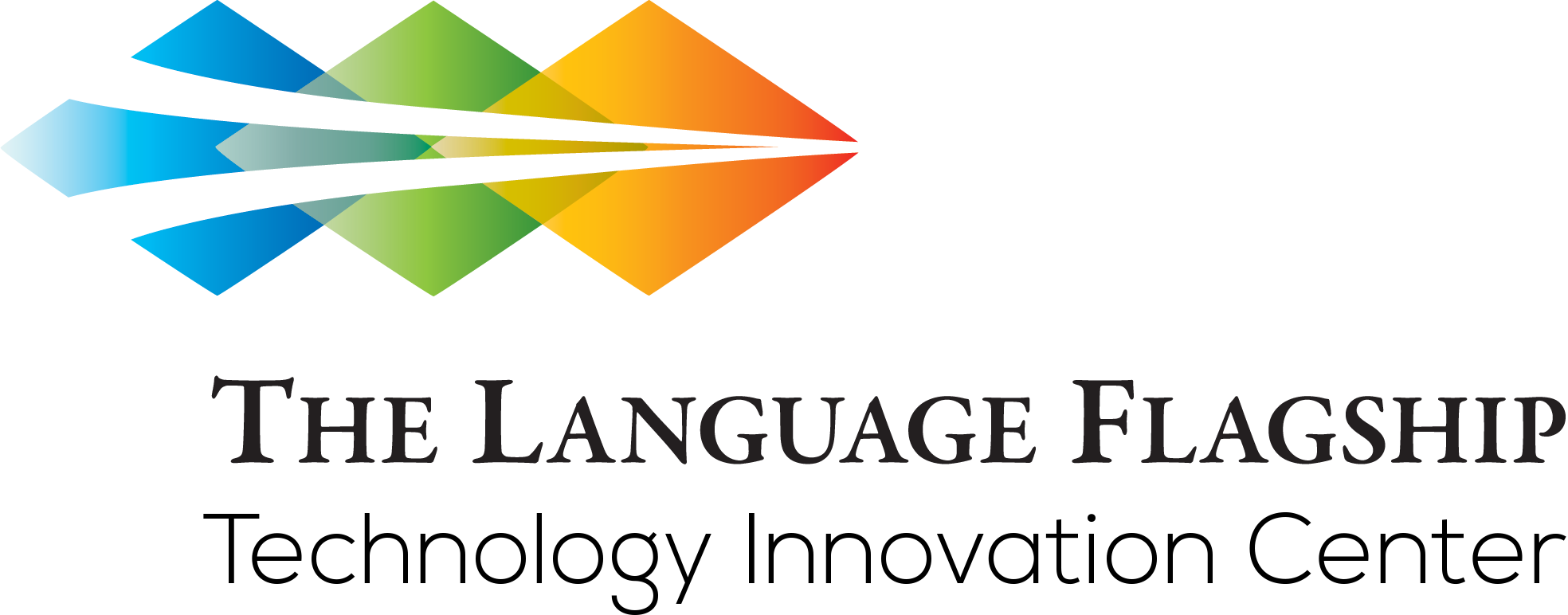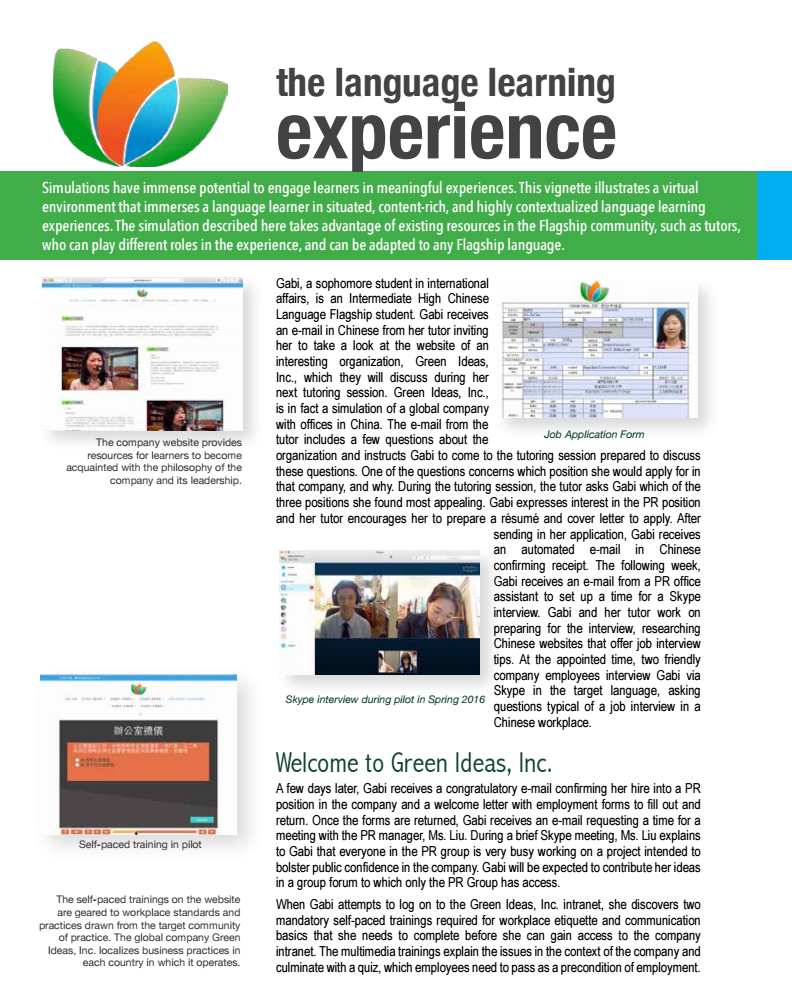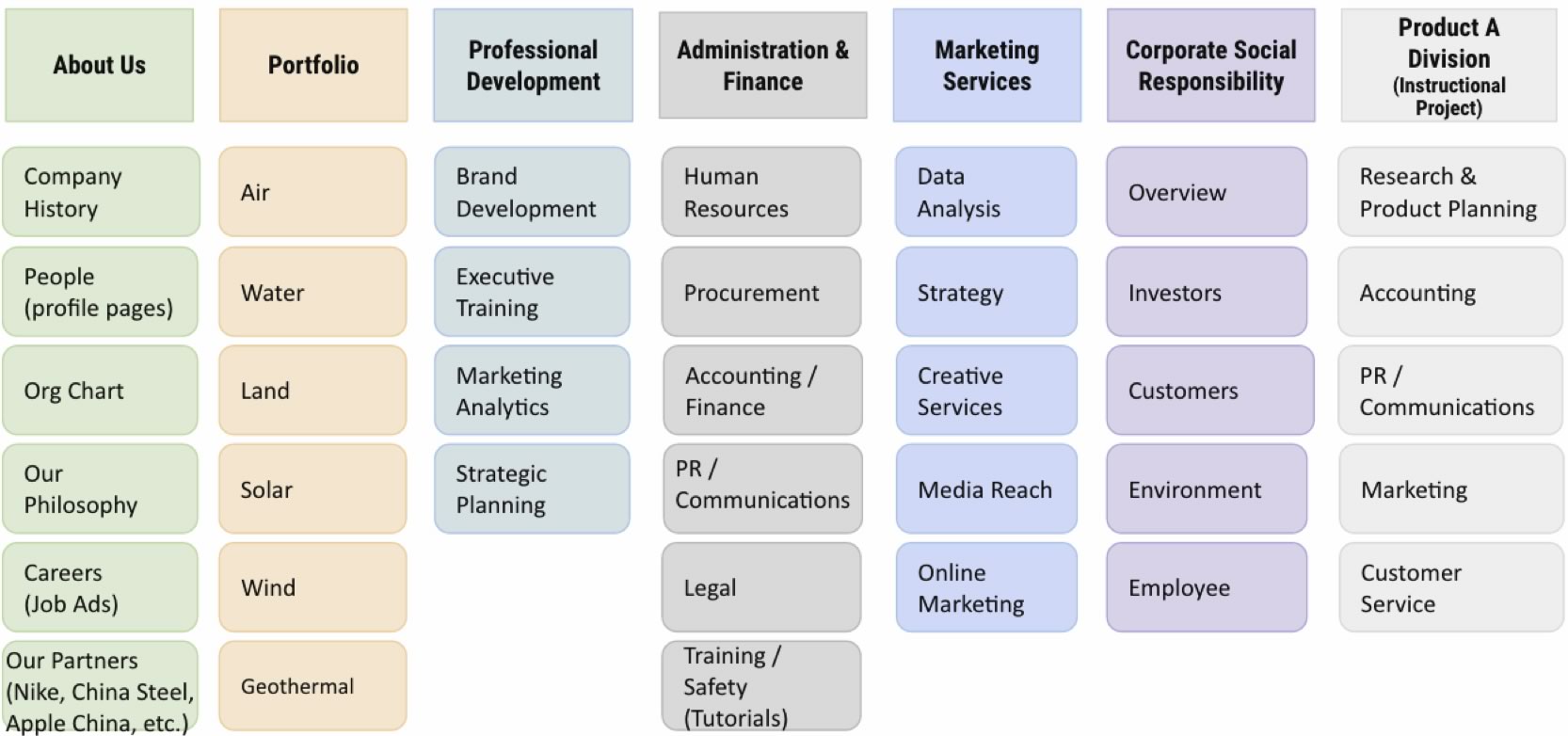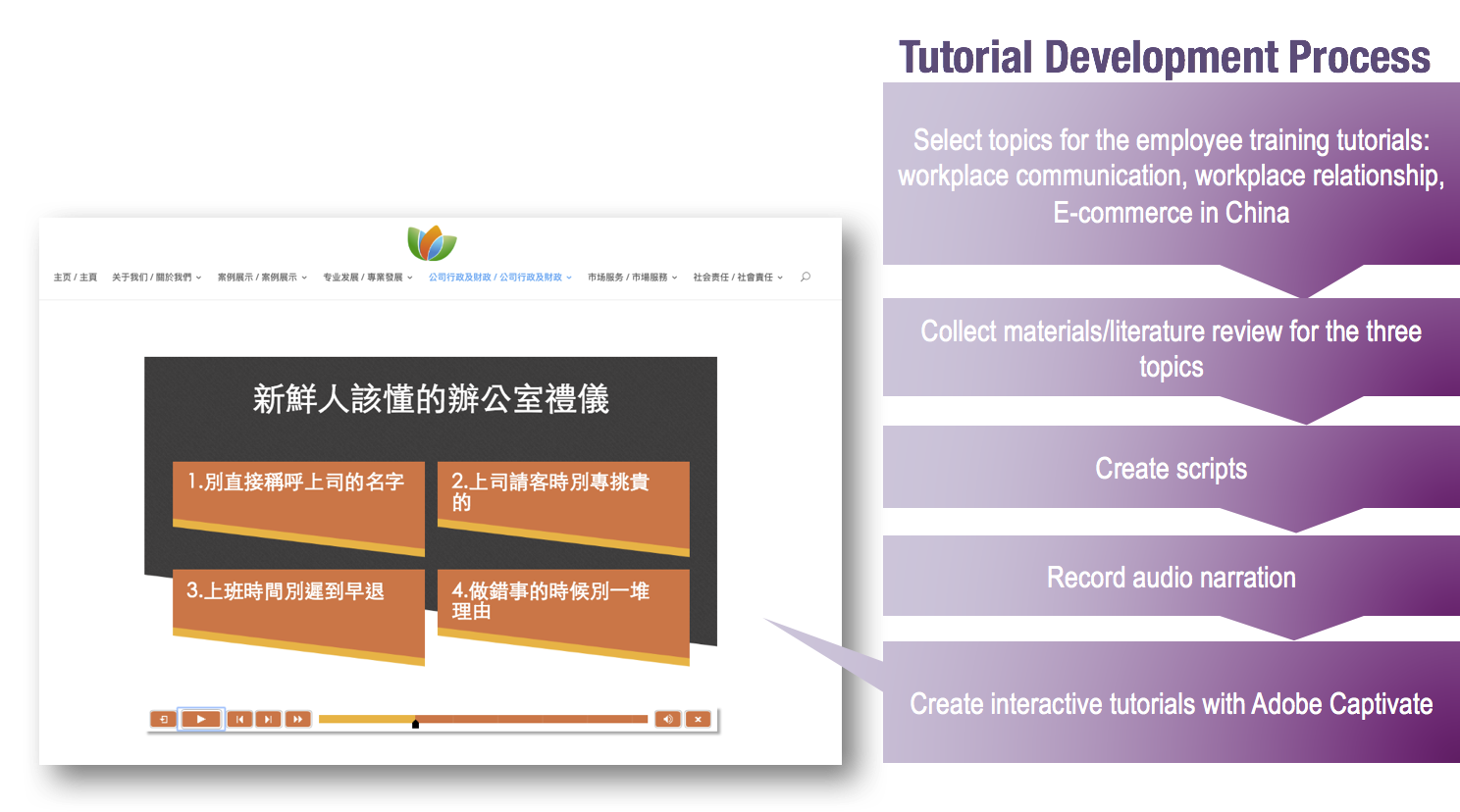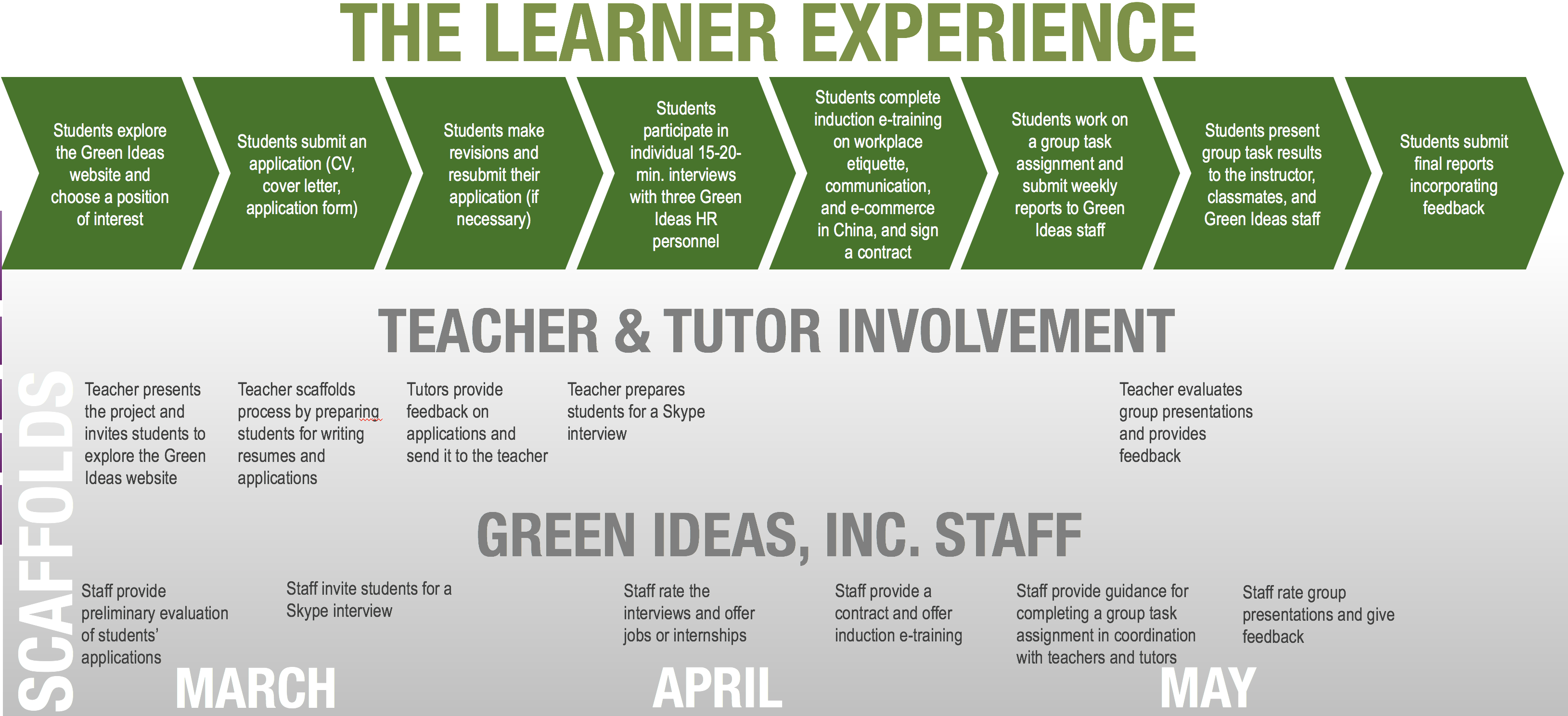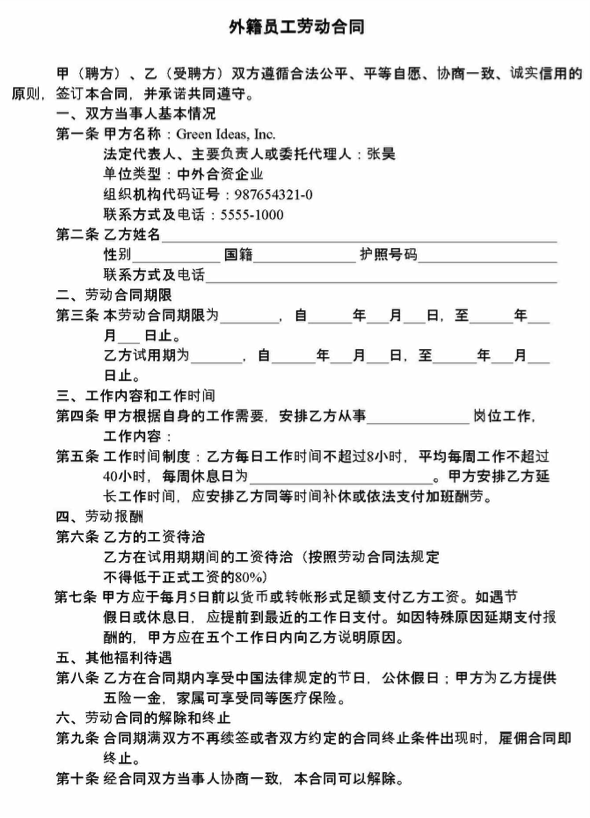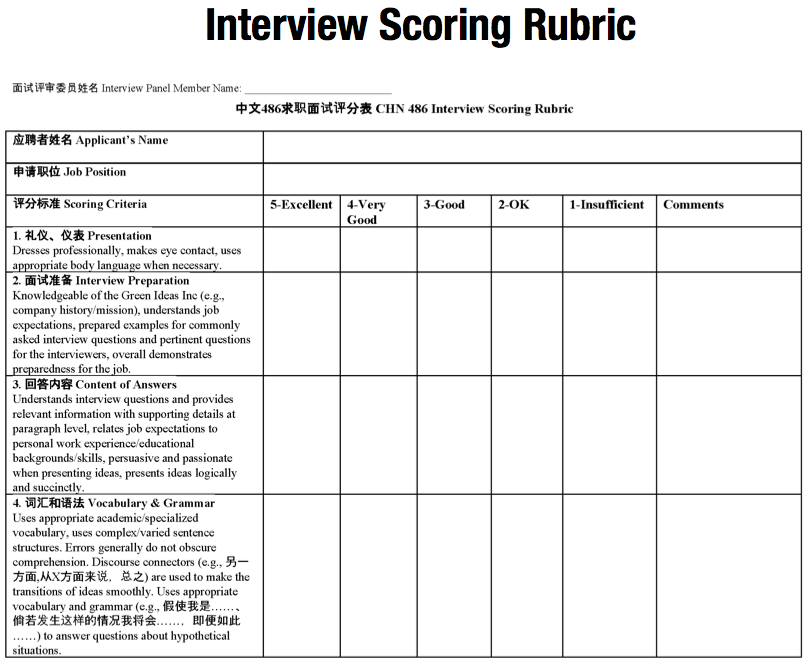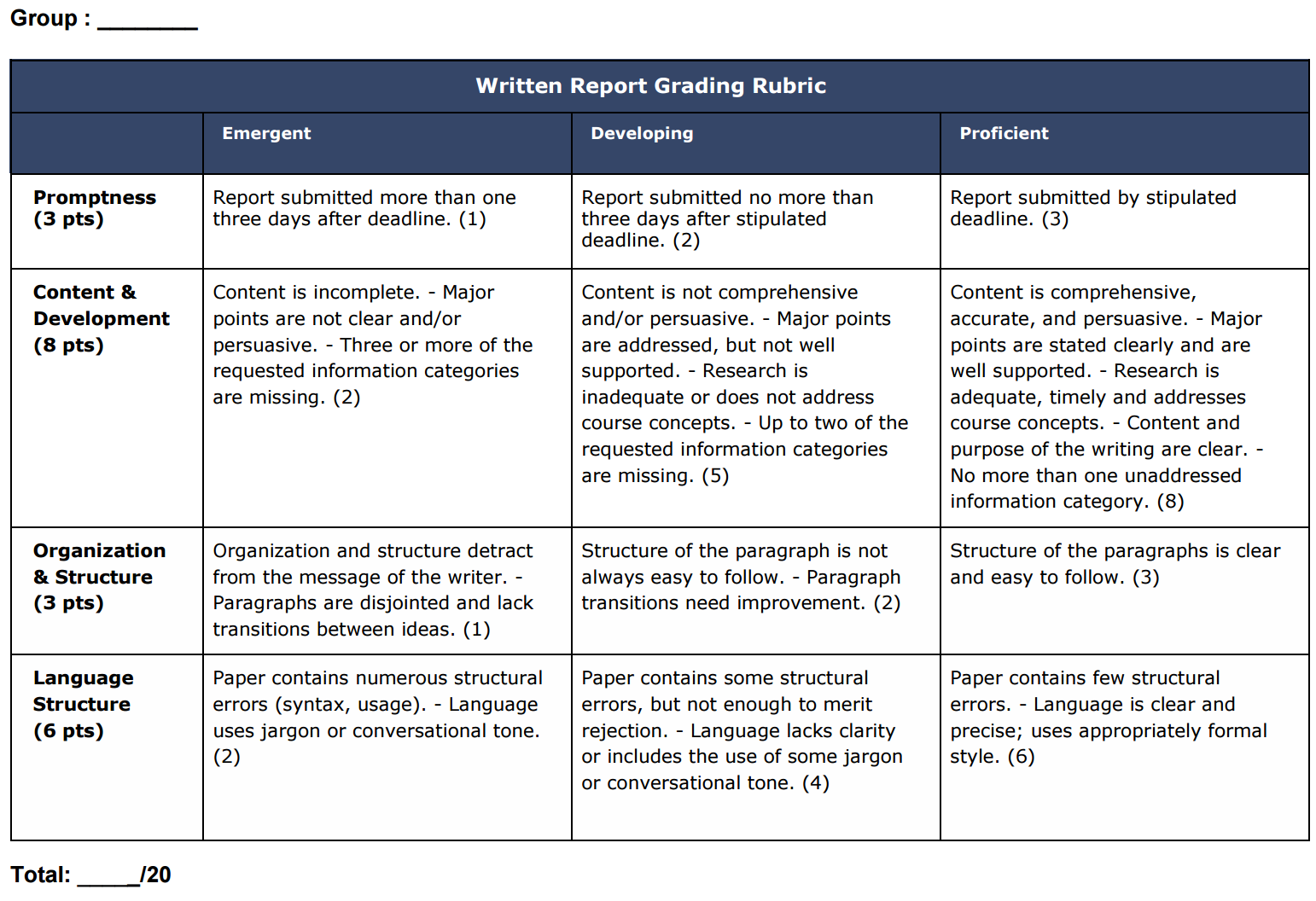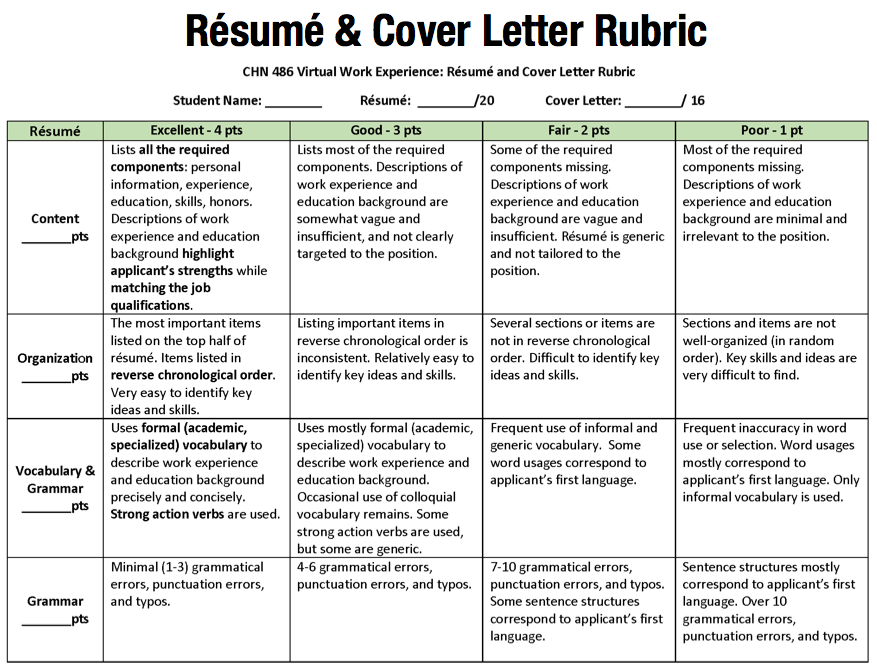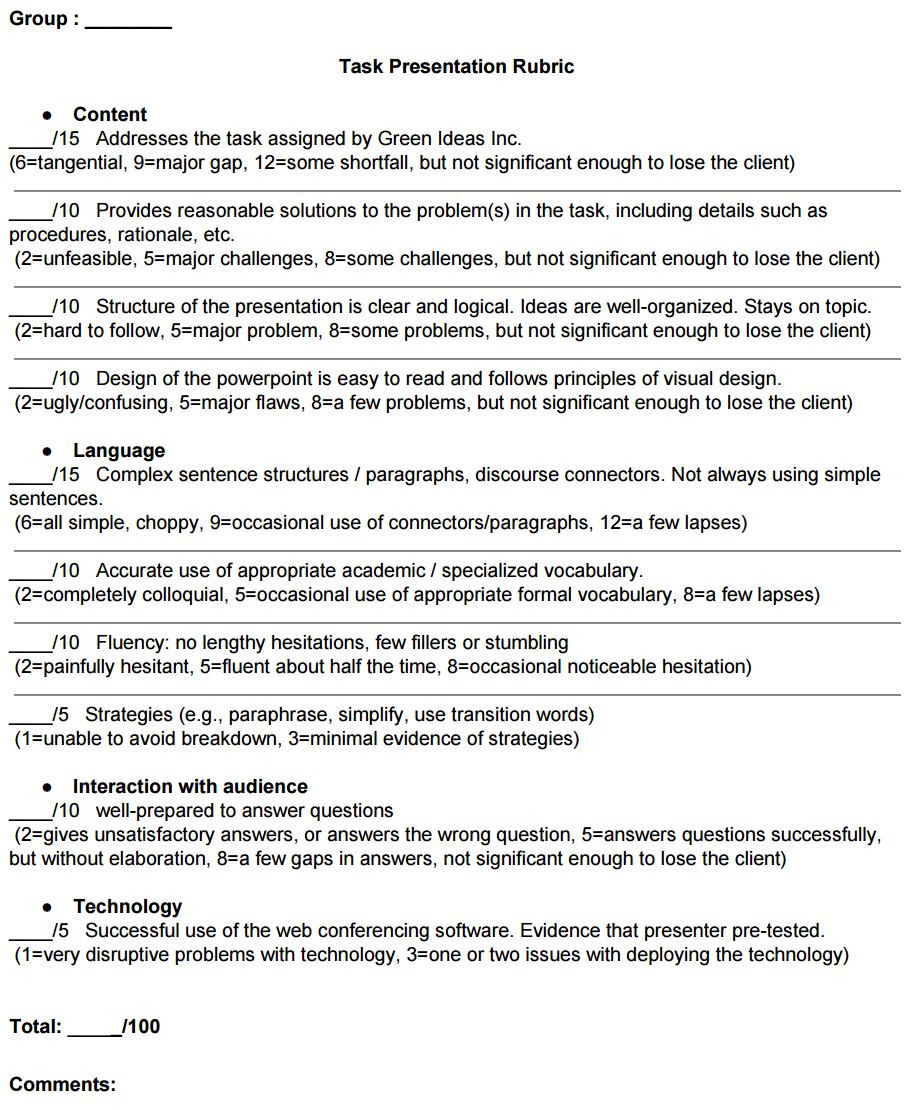
In the context of an international corporation, Green Ideas, Inc., language learning is personalized to target learners professional interests and needs. This project models how existing resources can be leveraged to create blended learning experiences across institutions for students in the Language Flagship Program.
Simulations have immense potential to engage students in memorable project-based language learning experiences. The Technology Innovation Center has designed and developed a simulation that provides a virtual experience built around a fictitious business: Green Ideas, Inc. This web-based environment immerses learners in situated and highly contextualized language learning scenarios, which helps them build a repertoire of strategies to overcome complex and high-stakes situations that require a sophisticated language and a deep understanding of the culture. Through principled pedagogical manipulation of the task design, a simulation can accommodate a wide range of language proficiency levels using a common set of resources.
Fall 2020 – Registration deadline: August 21
Green Ideas is going to relaunch this Fall! The Green Ideas simulation started in 2016 and has been experienced by 120 Flagship students. The Tech Center is now accepting registrations from teaching staff in Chinese Flagship programs who wish to engage their students in a memorable project-based learning experience.This years’ version of the simulation features revisions suggested by previous Flagship teachers.

NAIYI XIE FINCHAM
Project Lead
Naiyi has a PhD in Educational Psychology and Educational Technology and extensive experience in designing, implementing and evaluating online language courses catering for various learner needs. Naiyiʼs research interests include language learnersʼ self-regulated learning in online and blended learning environments.
The Language Learning Experience
This vignette illustrates how a virtual environment immerses a language learner in situated, content-rich, and highly contextualized language learning experiences.
Reflecting on the Experience
This video provides a snapshot of the instructors’ and learners’ perceptions regarding the usefulness of a simulated experience for high stakes language use.
Optimizing the use of Flagship resources
The simulation described here takes advantage of existing resources in the Flagship community, such as tutors, who can play different roles in the experience, and can be adapted to any Flagship language.
Learning through Simulations
This poster outlines the main concepts and stages of development of the simulation, as well as outcomes of the first pilot.
Greenideas Badges
Click on the image to read all about the badges awarded in the simulation project.
The First Pilot
Simulation Objective
Experience the world of work in the target language and acquire professional language skills.
Participants
Students in Chinese 305 (Chinese for Business Professionals) and Chinese 486 (Selected Readings in Chinese).
Tasks
- Research company and apply for a position of interest
- Interview and gain regular position or internship
- Undergo worker orientation (HR / company policies, assessment)
- Perform team-based research task related to one’s position
- Make formal presentation as a team
- Receive “supervisor” feedback; revise, resubmit
Preliminary Results
- Students rated project value positively overall
- Students and teachers recommended timeline be lengthened
- Teachers recommended procedural changes to strengthen realism of simulation: more formality and more involved roleplay by “company supervisors” at presentation stage
Recommendations
- Extend time frame ➔ more changes for feedback, iterative drafting
- Strengthen authenticity by emphasizing corporate culture ➔ Learners focus on real-life purposes rather than academic purposes (task performed for client rather than teacher); students take questions to supervisor in company rather than to teacher
Instructional Materials
Contact Information
TECH CENTER
1890 East West Road
Moore Hall 256
Honolulu, HI 96822
(808) 956-5121
tech.center@hawaii.edu
Follow Us

